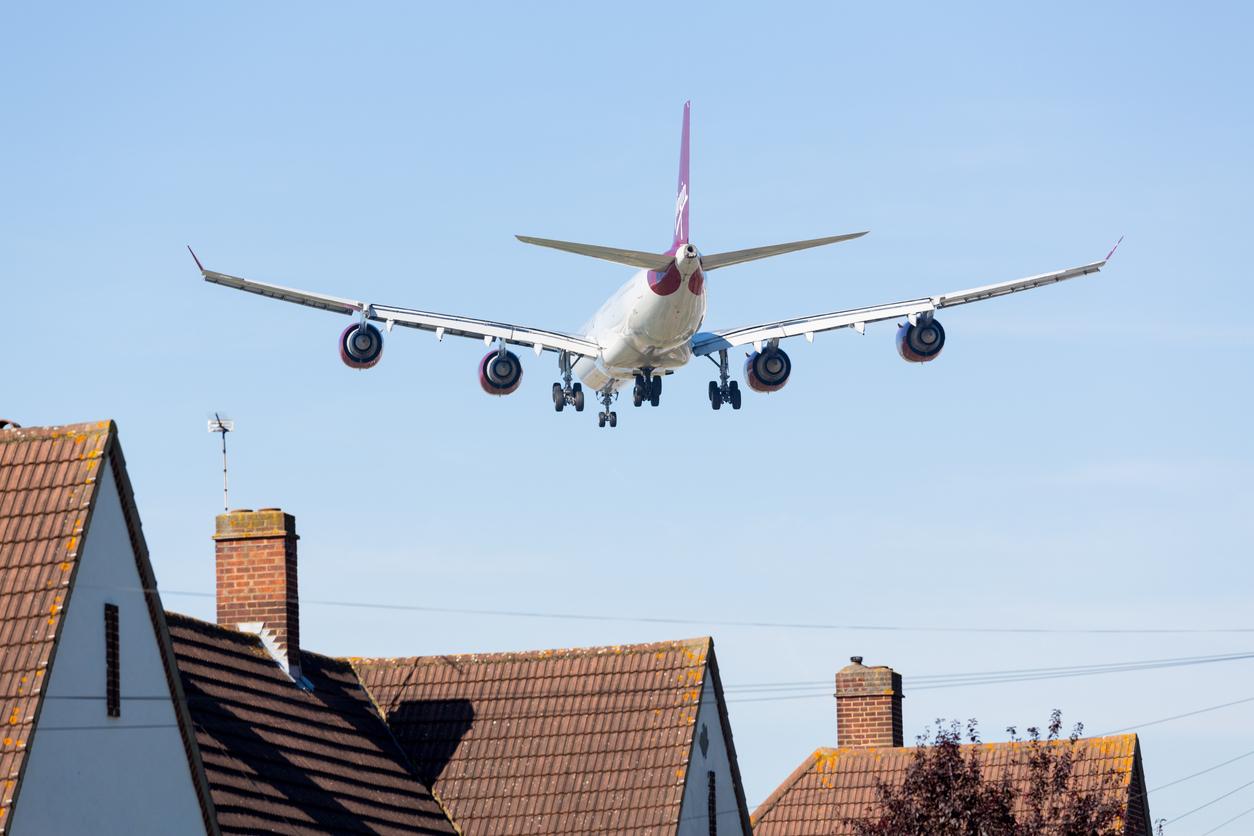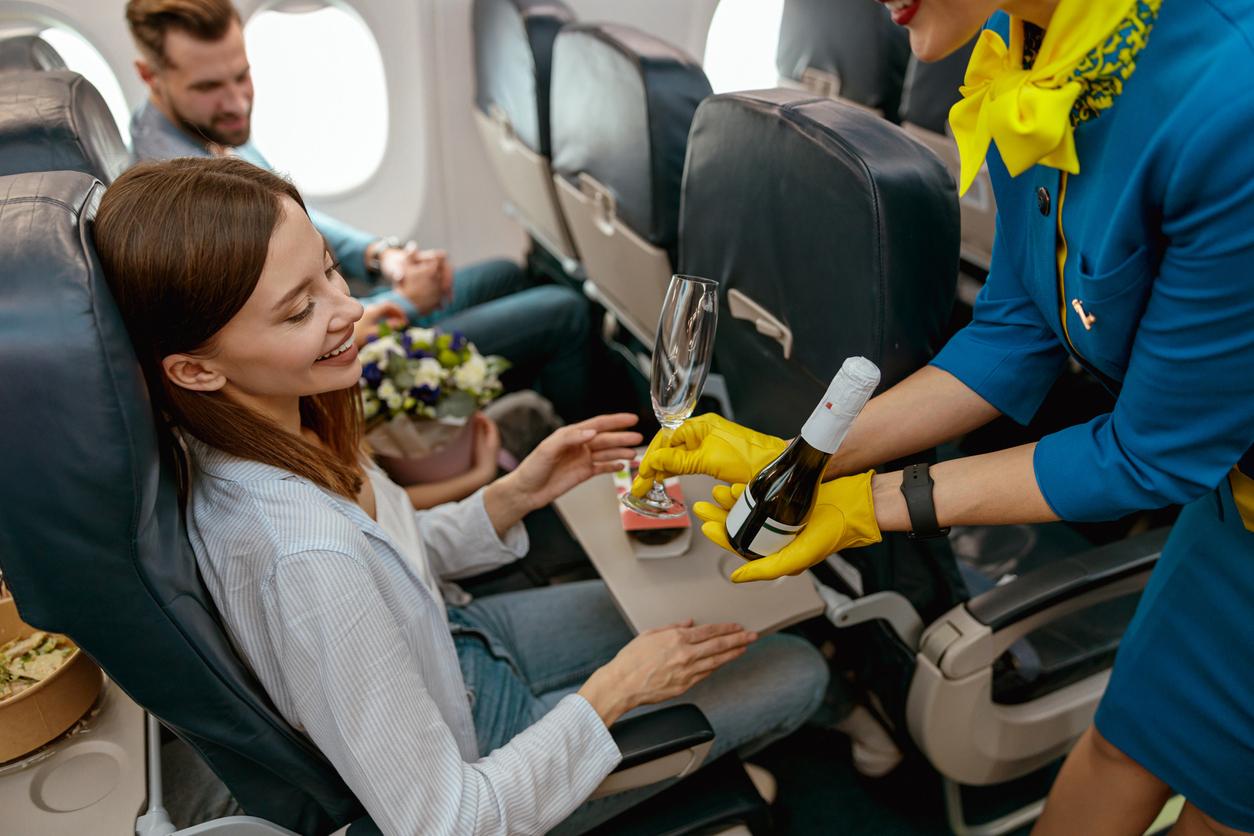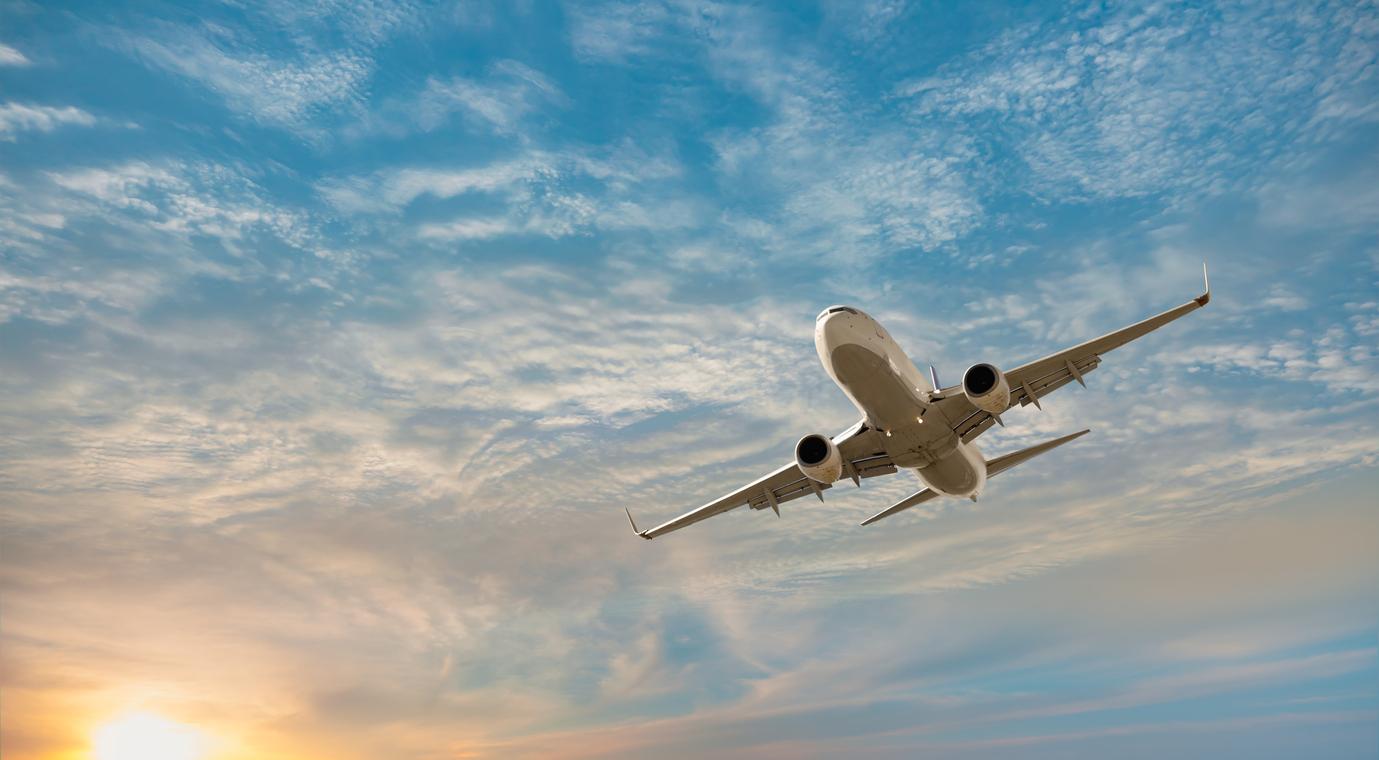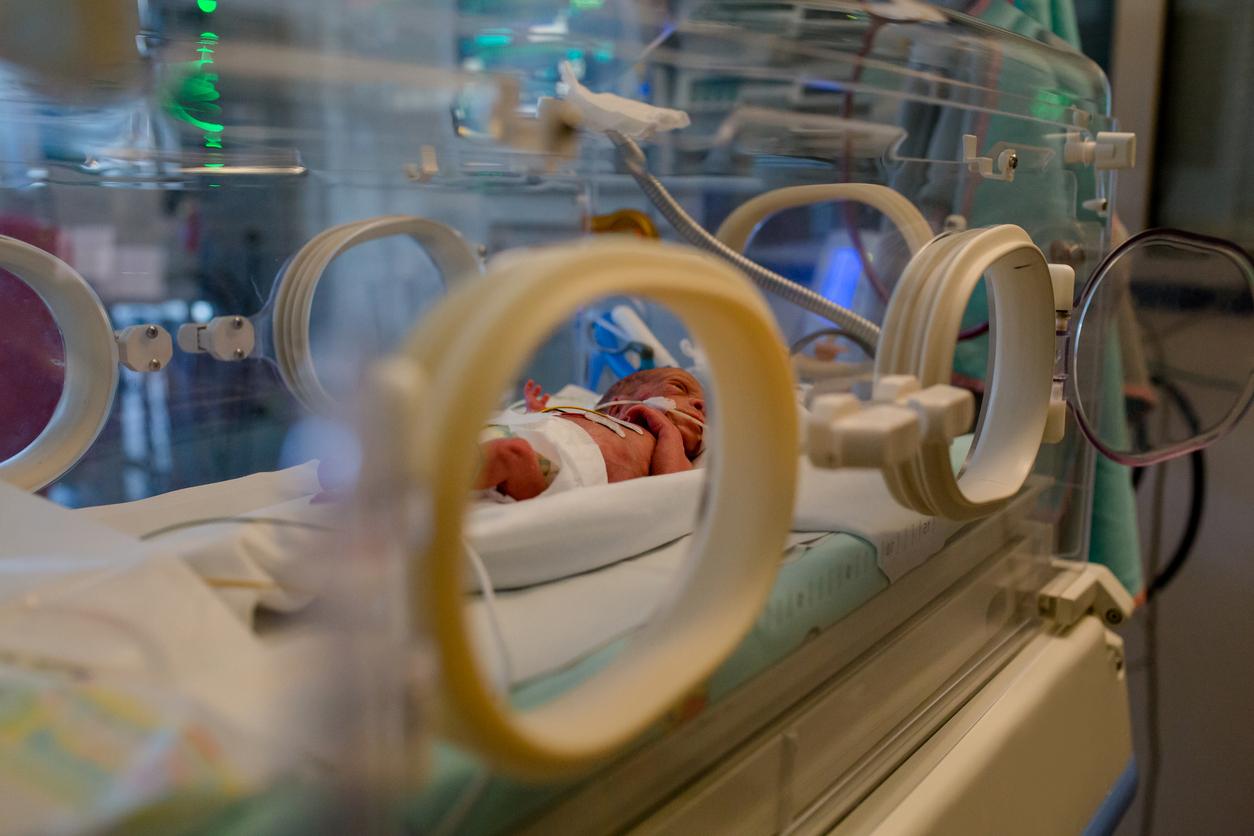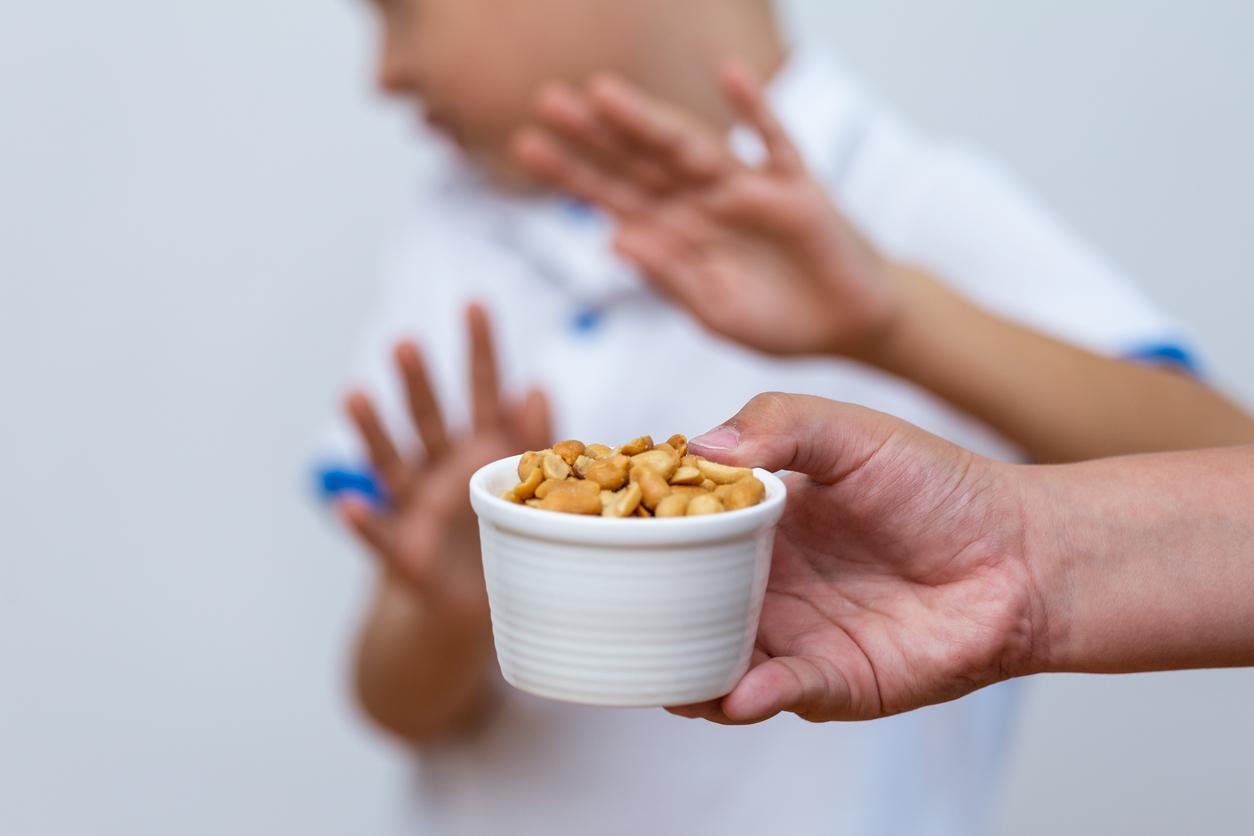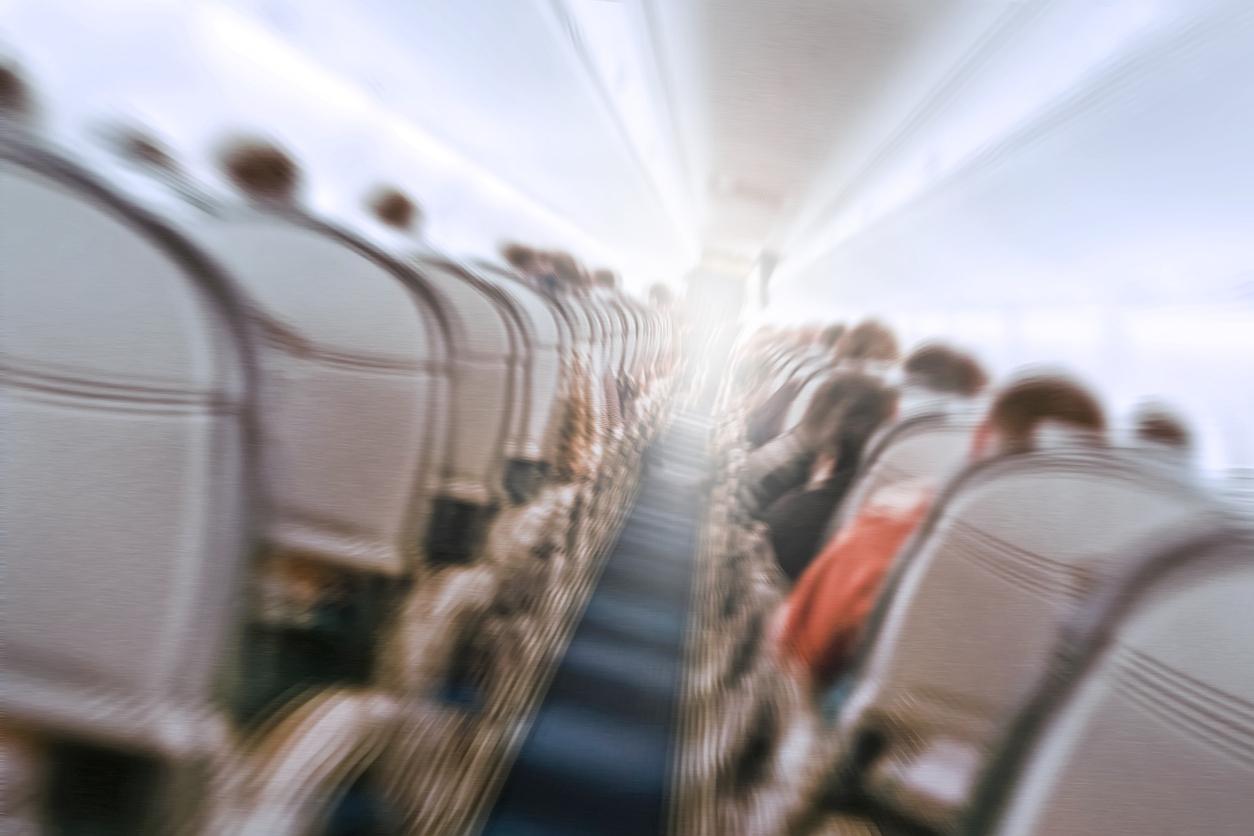British researchers say there is no evidence that peanut allergens can circulate into the cabin during a flight through the plane’s ventilation system.
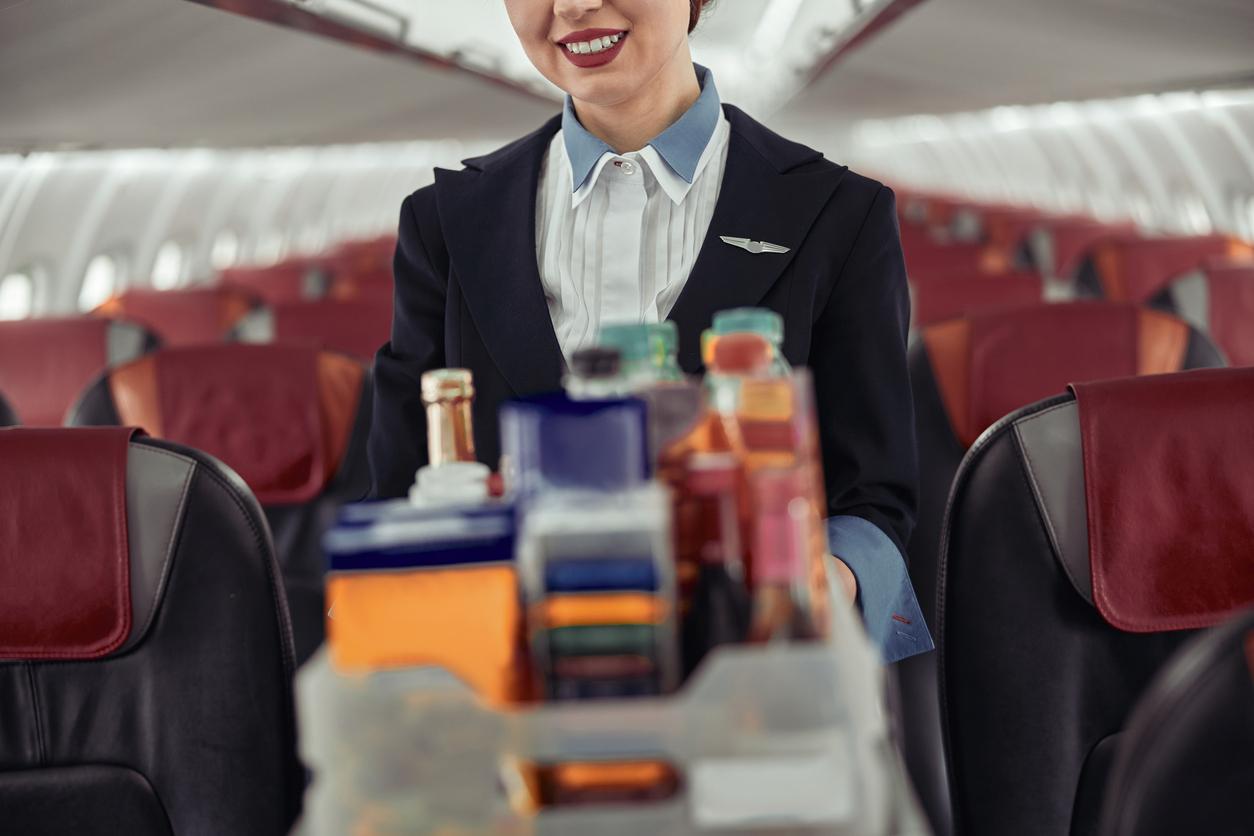
- No evidence supports the belief that tree nut and peanut allergens can be spread through ventilation on airplanes, a study finds.
- Residues present on surfaces (tablet, screens, armrest, etc.) present the main risk of allergic reactions during a flight.
- Allergic reactions to food are 10 to 100 times less common during flights than on the ground.
Nibbling on the dried fruits offered by the company has for a long time been one of the little pleasures of air travel. However, the sachet has gradually disappeared from flights… firstly as a result of carriers’ efforts to save money, but also because several cases of allergic reactions among passengers sensitive to peanuts have occurred in flight.
In these cases, the devices’ ventilation system has been suspected of spreading allergen residue throughout the cabin. A new study, published in the journal Archives of Disease in Childhood on October 16, 2024, undermines this theory. Researchers at Imperial College London say there is no evidence that ventilation is to blame.
Food allergies: surfaces more problematic than ventilation
After assessing in-flight allergy risks, the authors took data from the systematic review of published evidence dating back to 1980, commissioned by the UK Civil Aviation Authority in 2023.
First observation: with the notable exception of vapors coming from fish and seafood or exposure to wheat flour, allergic reactions to aerosolized foods are rare and rarely reproducible.
Regarding peanut allergens specifically, while they can be detected at very low levels in the air during nut shelling, they settle quickly and can only be present near the food. They therefore circulate very little and with difficulty in the air.
“Additionally, aircraft cabin ventilation systems are designed to circulate air through the aircraft, rather than along the cabin, thereby minimizing the risk of spreading passenger-generated contaminants into the cabinexplain the authors in a press release. The air is completely renewed every three to four minutes during a flight. In comparison, this figure is 10 minutes in hospitals and classrooms. In large modern commercial aircraft, about half of the incoming air is recirculated air that has passed through particulate filters that effectively remove dust, fumes, microbes and at the same time capture aerosolized food particles. The other half comes from outside. So for them, ventilation cannot spread the allergen. The real risk for travelers with allergies is surfaces. “Allergen residues on surfaces, such as tablets and video screens on the backs of seats, constitute the main risk, a risk which is probably increased by the very fast stopover times implemented by many low-cost airlines. .”

Allergy and theft: don’t hesitate to clean your place
However, reassuring news: allergic reactions to food are approximately 10 to 100 times less frequent during flights than on the ground. However, researchers acknowledge that this could be linked to passengers with allergies taking more precautions when traveling by plane.
To reduce the risk of involuntary contamination by touching objects exposed to allergens, the authors recommend cleaning the entertainment system screen, the tablet, the armrests or even the seat with disinfectant wipes before takeoff. For them, this gesture is “particularly important, given the minimal cabin cleaning that often occurs between flights, particularly with low-cost airlines”. They suggest that passengers with allergies be allowed to board early so they can do so stress-free. They add that this type of measure has already been made compulsory in the USA.
Another tip: Passengers at risk of anaphylaxis should have adrenaline auto-injectors, such as an EpiPen, in their carry-on bag, as these devices are not always included in in-flight medical kits. Furthermore, cabin crew are not always authorized to use them.











